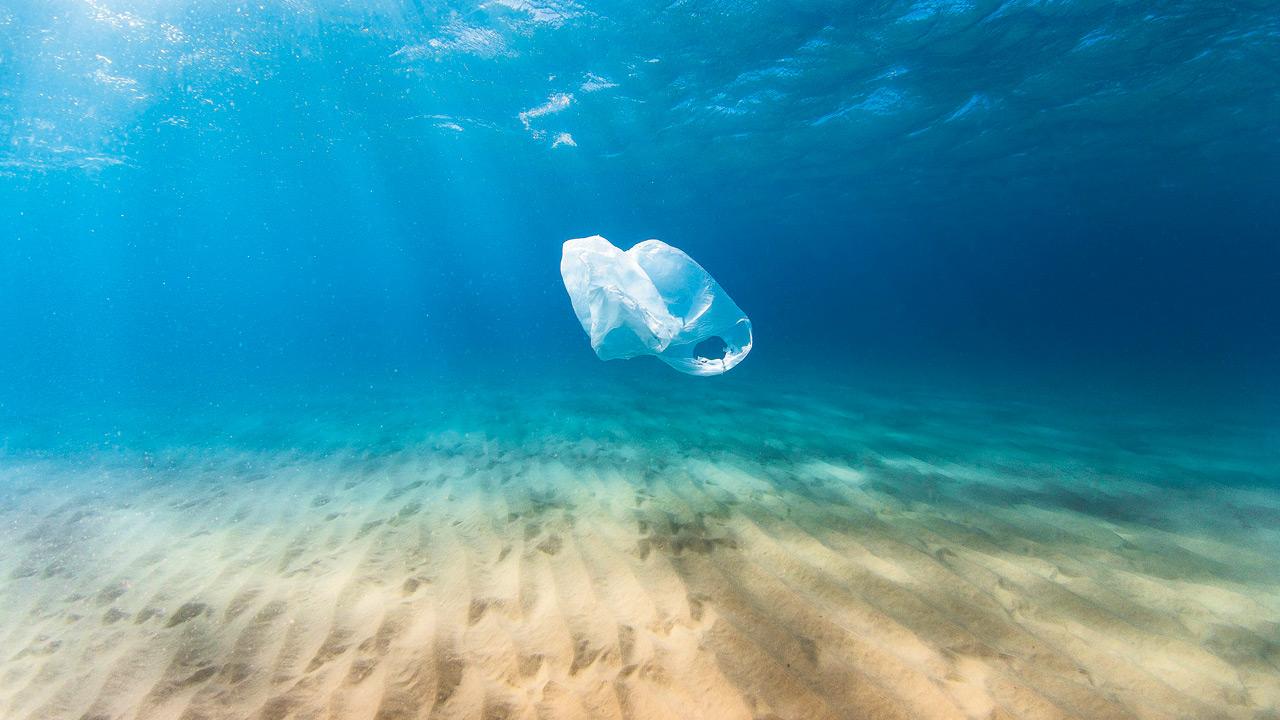Researchers in Indonesia have developed an innovative method to transform plastic waste into glowing nanomaterials capable of sensing harmful substances in water. At the core of this breakthrough are carbon quantum dots (CQDs), nanoparticles that emit light when exposed to ultraviolet light.
CQDs have the unique ability to act as sensors, detecting pollutants at the molecular level. Traditionally, producing CQDs has required expensive or toxic raw materials. However, the Indonesian research team used waste plastic bags as their starting material, offering a more sustainable and cost-effective approach.
The process involved combining modified pyrolysis with hydrothermal treatment. Using less than 7 percent hydrogen peroxide, they successfully transformed polyethylene from plastic bags into functional CQDs in just 10 hours.
One of the most remarkable features of these plastic-derived CQDs is their ability to detect metal ions, particularly iron ions, in water. This capability presents promising applications for monitoring water quality and detecting harmful contaminants.
*Note*: This article is sourced from a third-party syndicated feed. Mid-day does not accept responsibility or liability for the dependability, trustworthiness, reliability, or accuracy of the content. Mid-day management reserves the right to alter, delete, or remove content at its discretion without notice.
Help us improve further by providing detailed feedback and stand a chance to win a 3-month e-paper subscription!
https://www.mid-day.com/news/world-news/article/plastic-bags-can-be-turned-into-sensors-for-safe-drinking-water-23595854
